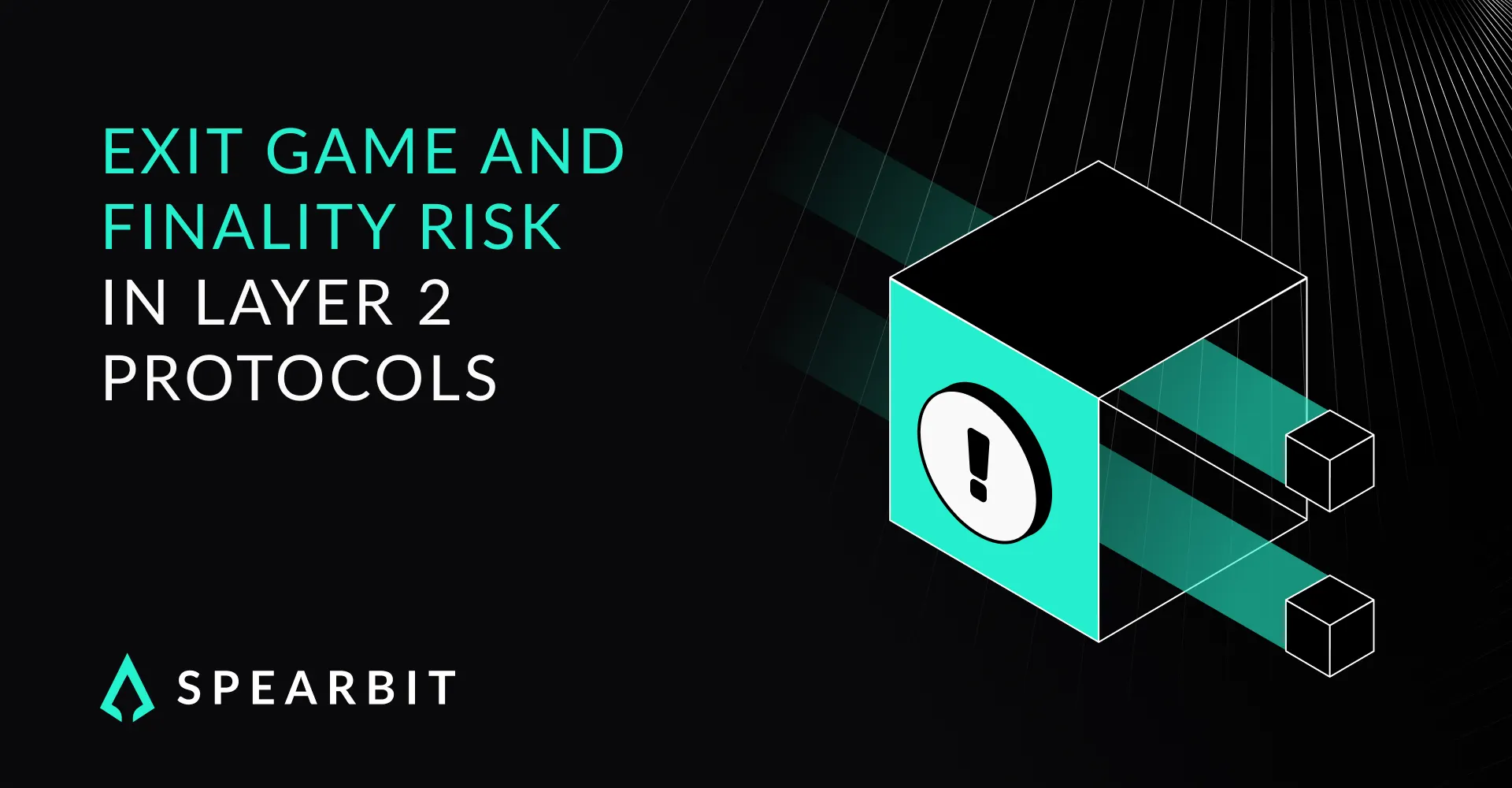Layer 2 protocols extend the scalability and throughput of blockchain systems. However, they introduce new trust assumptions and operational dependencies. One of the most important design areas is the definition and implementation of exit paths. These allow users to reclaim assets on Layer 1 in the event of sequencer downtime, censorship, or protocol compromise. Yet, many users underestimate the complexity and timing constraints of this process.
This guide outlines the primary risks involved in Layer 2 exits, how finality is defined, and what security teams should model and prepare for.
Fraud Proof Windows and Exit Timing
In optimistic rollup designs, Layer 2 state transitions are posted to Layer 1 with the assumption of validity. However, these assertions remain subject to dispute for a set period known as the fraud proof window. During this time, any participant may submit a proof that the proposed state transition is invalid.
Common configurations include a challenge window lasting multiple days. One example includes an exit delay of up to six days and eight hours before withdrawal is finalized. Users who exit during this period bear the risk that the transaction may be reverted if successfully challenged.
Protocols must clearly communicate exit latency to users and structure interfaces that make this risk transparent. Additionally, tooling must verify whether a withdrawal has reached finality on Layer 1 before assets are considered settled.
Finality Rollback and Settlement Assumptions
Full finality on Layer 2 is not immediate. It depends on proof verification on Layer 1 and the expiration of challenge periods. While Layer 2 systems may display internal finality after block confirmation or sequencer inclusion, this is not binding from a Layer 1 settlement perspective.
In the event of a valid fraud proof or failure to publish data, previously accepted Layer 2 state may be invalidated. This creates risk for protocols that assume fast withdrawal or re-use of funds. Developers and auditors must model these timing gaps and ensure that dependent applications or bridges do not prematurely act on unconfirmed Layer 2 state.
Sequencer Failure and Attack Windows
The sequencer is responsible for ordering and submitting transactions to the Layer 2 system. In many cases, it also acts as the conduit for submitting data to Layer 1. If the sequencer halts, becomes unavailable, or behaves maliciously, users may experience censorship or transaction blockage.
Some protocols support forced inclusion mechanisms. These allow users to bypass the sequencer by directly submitting transactions to Layer 1. However, these paths often have limited frequency or require specific timing. For example, one system only permits forced inclusion within a one-day submission window.
Attackers may exploit sequencer failure by delaying inclusion, submitting invalid roots, or preventing honest participants from responding within the challenge window. Systems must maintain a decentralized or permissioned fallback mechanism that ensures data publication and transaction progression under sequencer failure.
Fallback and Escape Paths
Well-designed Layer 2 systems define operational procedures for emergency exits. These may include user-triggered forced withdrawals, governance-controlled shutdown sequences, or fallback data availability networks.
Security teams must assess:
- Whether the exit logic functions independently of the sequencer
- What mechanisms exist to submit withdrawals or disputes without permission
- How users are notified of challenge periods or invalidation events
- Whether protocol governance or multi-signature control can intervene during failure
Without these mechanisms, users may be unable to exit during critical failure conditions, leaving assets locked indefinitely. Incident simulations should model sequencer halts, invalid state publication, and mass withdrawal requests to assess protocol readiness.
Recommendations for Protocol Developers and Security Teams
- Document exit timing clearly for users and downstream applications
- Implement forced withdrawal mechanisms and simulate adversarial usage
- Monitor Layer 1 state for disputes, invalid roots, or fraud proofs in progress
- Introduce alerts for challenge window status and sequencer health
- Create fallback processes for governance-led intervention or multi-signature override
- Test bridge and token logic for resilience under delayed or reverted Layer 2 exits
Final Considerations
Layer 2 systems bring throughput and cost efficiency to blockchain ecosystems. However, their security depends on correct and accessible exit mechanisms, clearly defined finality guarantees, and functioning dispute resolution. Protocol teams must ensure that users retain the ability to withdraw to Layer 1 under adverse conditions.
Spearbit audits Layer 2 architectures with a focus on settlement correctness, finality windows, escape logic, and fraud proof behavior. Our team assesses both protocol logic and operational readiness to ensure exit safety across optimistic and zero-knowledge rollup designs. Reach out to learn how we can help evaluate your Layer 2 protocol’s exit posture.




